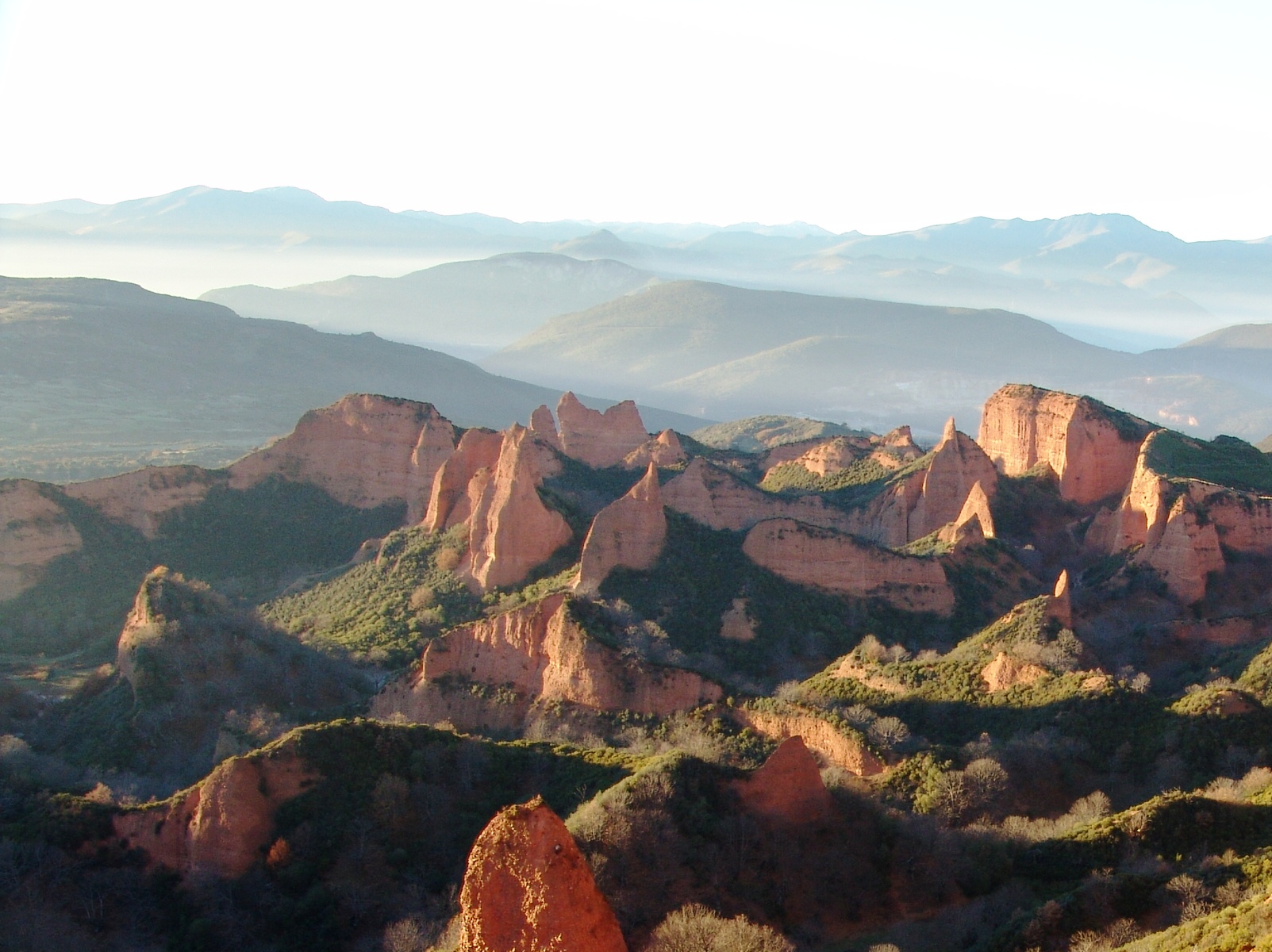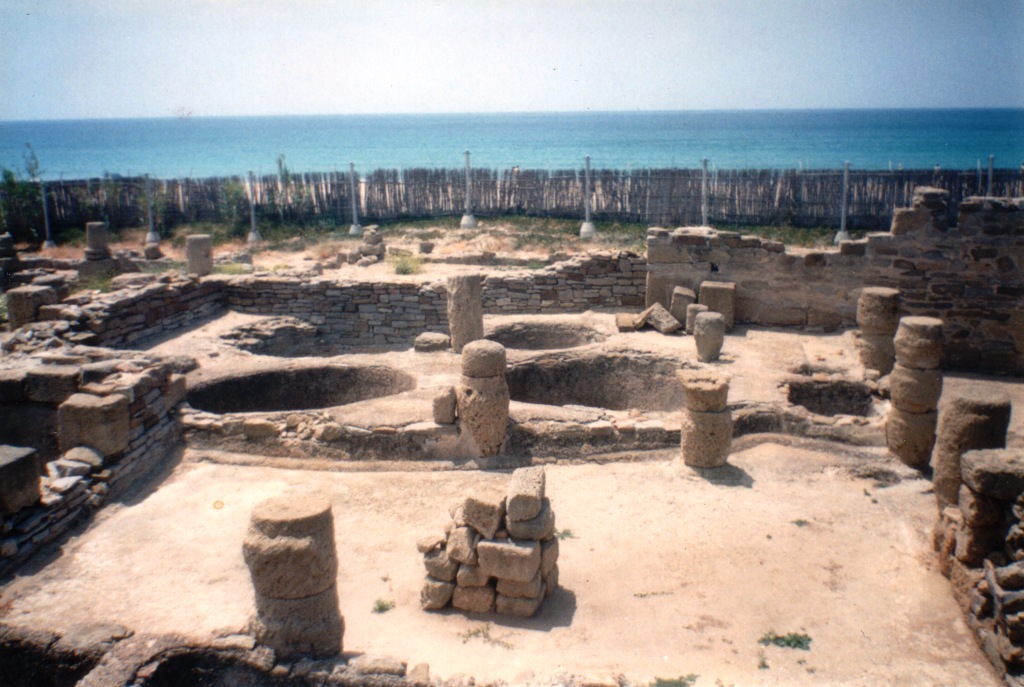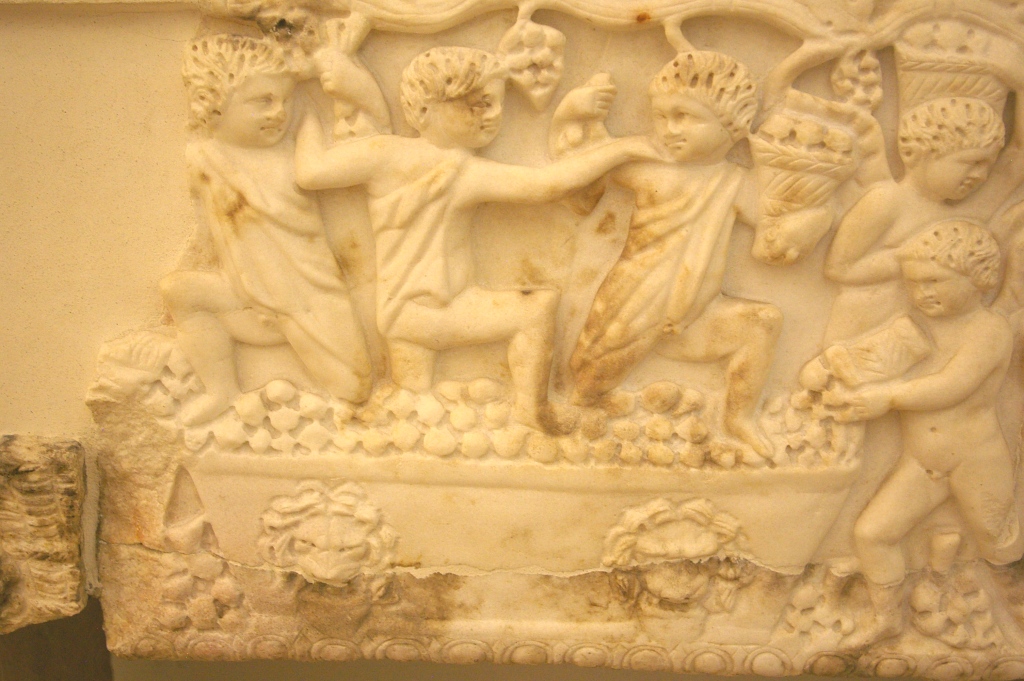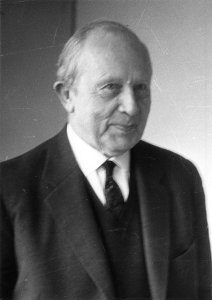[First posted in AWOL 6 October 2010. Updated 20 February 2015 (links corrected, Eight recent issues added]
The European Archaeologist - Internet Edition
ISSN 1022-0135
The European Archaeologist - Internet Edition
ISSN 1022-0135
The European Association of Archaeologists (EAA) is a membership-based association open to all archaeologists and other related or interested individuals or bodies. The EAA currently has over 1100 members on its database from 41 countries world-wide working in prehistory, classical, medieval and later archaeology. They include academics, aerial archaeologists, environmental archaeologists, field archaeologists, heritage managers, historians, museum curators, researchers, scientists, teachers, conservators, underwater archaeologists and students of archaeology.
No. 42 - Autumn 2014 No. 41 - Summer 2014 No. 40 - Winter 2013/2014 No. 39 - Summer 2013 No. 38 - Winter 2012/2013 WEB No. 37 - Summer 2012 WEB No. 36 - Winter 2011/2012 WEB No. 35 - Summer 2011 WEB No. 34 - Winter 2010/2011 No. 33 - Summer 2010 No. 32 - Winter 2009/2010 No. 31 - Summer 2009 No. 30 - Winter 2008/2009 No. 29 - Summer 2008 No. 28 - Winter 2007/2008 No. 27 - Summer 2007 No. 26 - Winter 2006/2007 No. 25 - Summer 2006 No. 24 - Winter 2005/2006 No. 23 - Summer 2005 No. 22 - Winter 2004/2005 10th Anniversary Conference Issue No. 21 - Summer 2004 No. 20 - Winter 2003/2004 No. 19- Summer 2003 No. 18 - Winter 2002/2003 No. 17 - Summer 2002 No. 16 - Winter 2001/2002 No. 15 - Summer 2001 No. 14 - Winter 2000/2001 No. 13 - Summer 2000 No. 12 - Winter 1999/2000 No. 11 - Summer 1999 No. 10 - Winter 1998 No. 9 - Summer 1998 No. 8 - Winter 1997 No. 7 - Summer 1997 No. 6 - Spring 1997 No. 5 - Summer 1996 No. 4 - Winter 1995 No. 3 - Spring 1995 No. 2 - Summer 1994 No. 1 - Winter 1993
See the full List of Open Access Journals in Ancient Studies



























